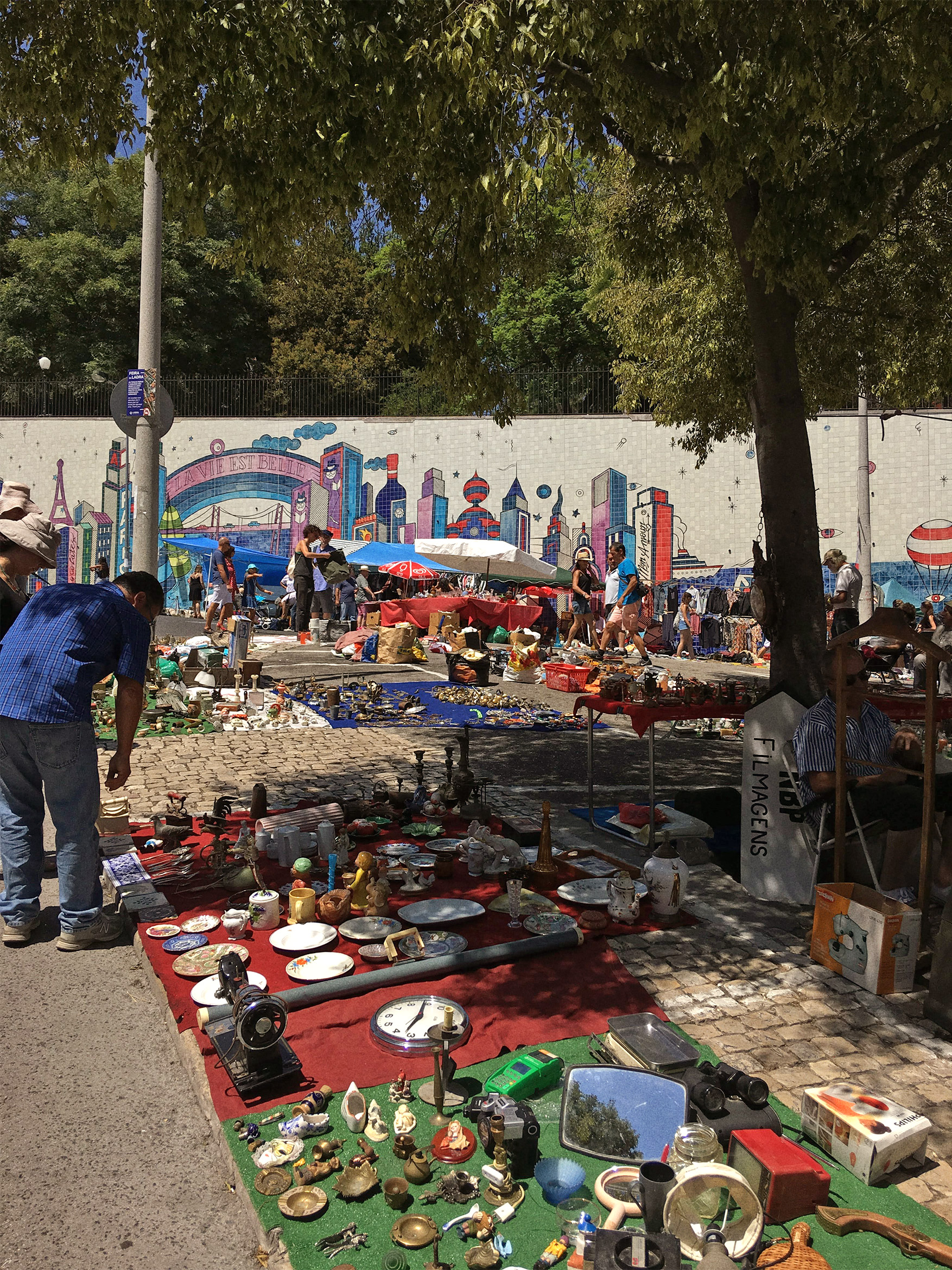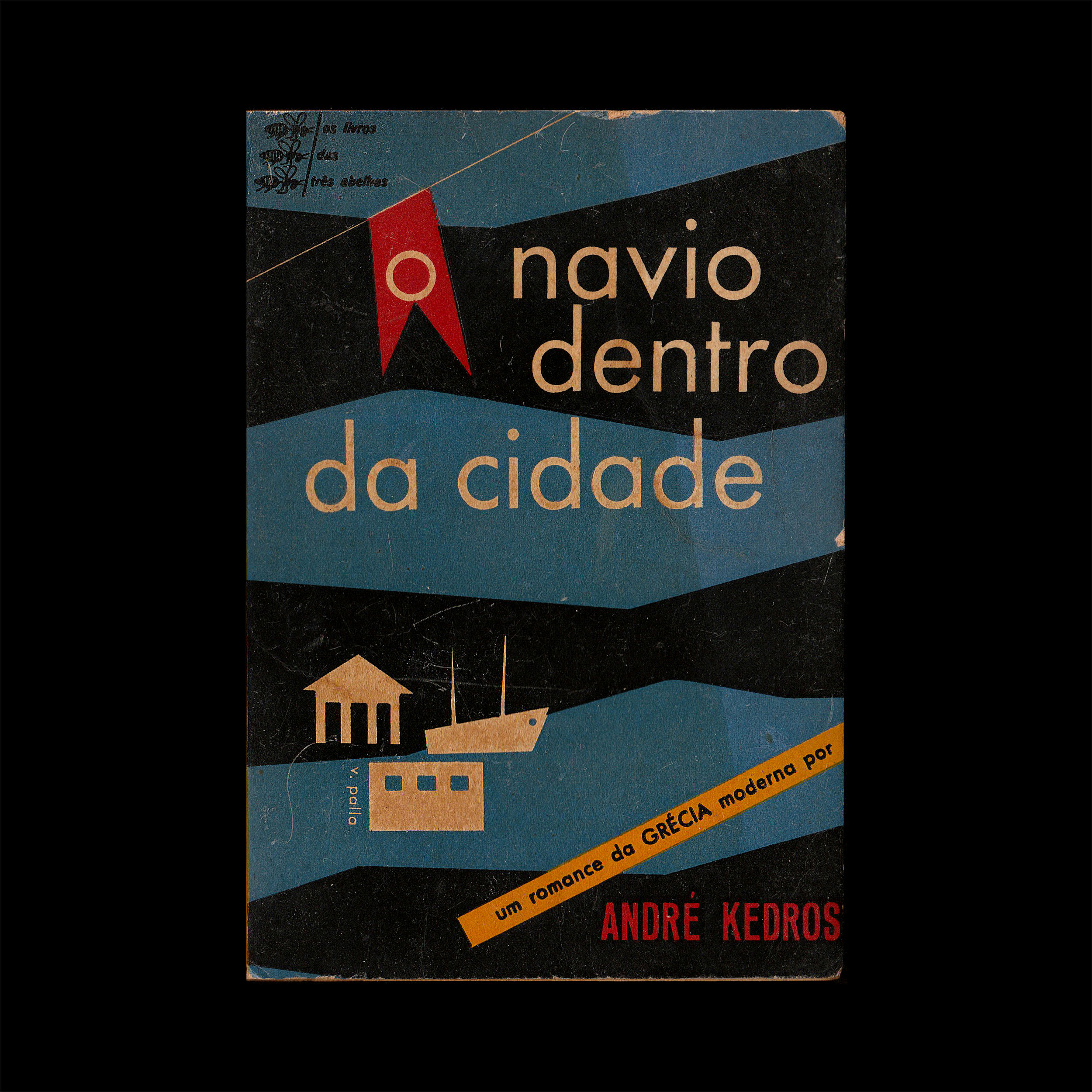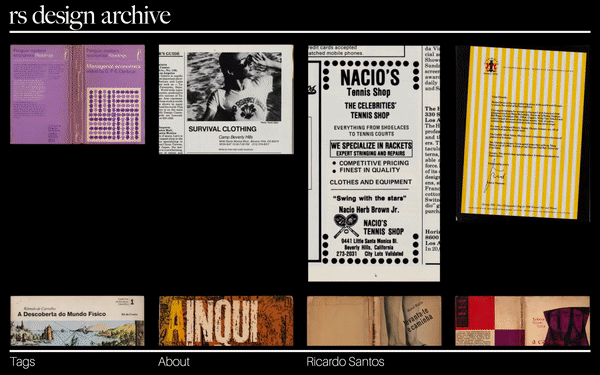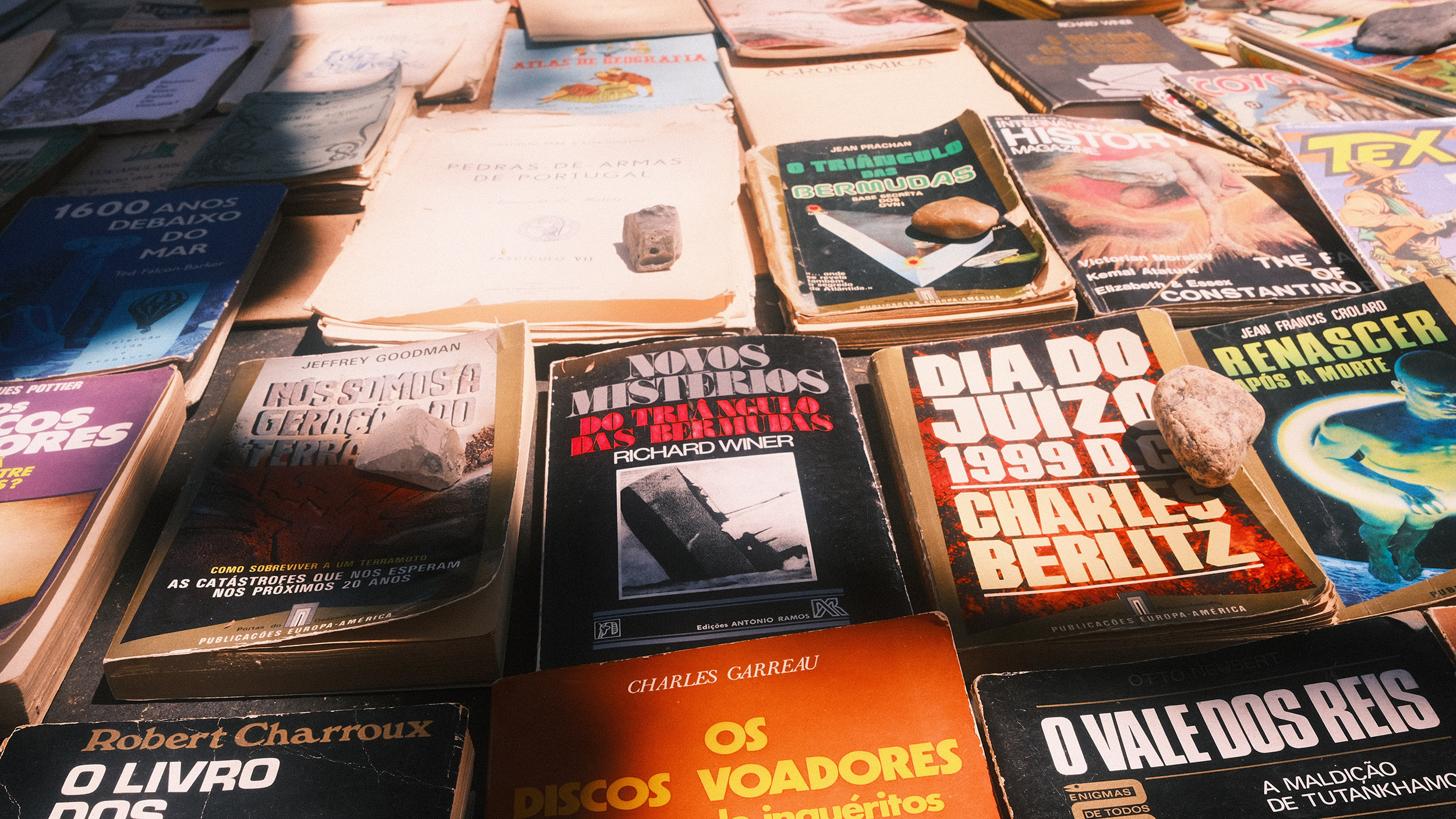Backstory
I’ve been collecting old books and printed ephemera for several years. My favourite spot to look for books is Feira da Ladra, the largest and oldest flea market in Lisbon. When I was in college, I’d skip Tuesday morning classes to go there more often than not. I loved that ritual so much. It was always a thrill: exploring the city and the infinite archives of old shit that all those people would bring together in a single place. I’d sometimes take the subway to Santa Apolónia and start at the bottom of the feira; sometimes, I walked or hopped on the 28 tram to Voz do Operário, crossing Alfama, and started at the top, next to São Vicente de Fora. Sometimes I’d go with friends but almost always by myself.
I would squat for endless minutes under the blazing sun while rummaging through piles of thousands of books labelled «everything 0,50€». I’d talk to the sellers about their areas of expertise, bargain for the prices, and learn about stuff. One time I accidentally got drunk before noon when trying to get change for a 20€ bill, walking up and down the hills looking for a functioning atm.

I became familiar with the book cover work of some of the most significant mid-century Portuguese designers and illustrators during these time. The work of Sebastião Rodrigues, Paulo-Guilherme, Victor Palla, João da Câmara Leme, António Garcia, Tóssan, Bernardo Marques, etc., would pop up every week. I started checking who designed the covers, associating them with specific publishers, imprints and collections, and looking up information online.
At that time, I had grown interested in books and publishing, but I had always loved to read since I was a child. Not just books, magazines or newspapers: to this day, I can get lost in a pamphlet about plumbing or a dry, technical paper about something particular about which I know nothing. When I went to college, I started reading more and more and learning about literature and the history of the book and publishing.
I also began to fall in love with the visual side of books. Those covers were exciting, graphic, witty, and expressive. They were fun. It seemed impossible to me that there was a time, not so long ago, when book covers could be like that. The bland, mainstream, lowest common denominator advertising logic had taken over the contemporary Portuguese book cover landscape. Almost everything was photographic, generic, gloss-finished, and, honestly, poorly designed. (A few exceptions burned bright — Tinta-da-China and Antígona are two independent publishers who have militantly placed great care and emphasis on design). But these Ladra covers showed me the possibilities and richness of visual expression.
I started collecting them. I did more research. I combed through catalogues for the publishers and imprints and bought old industry periodicals to look through the ads that listed the books published in each collection. I went to the Hemeroteca, looking for old literature journals and magazines. I became particularly fascinated by the early numbers of Os Livros das Três Abelhas, an imprint that started publishing cheap paperback editions of contemporary works in the fifties.

A drawn-out launch
As I started learning and practising design, I realised I should somehow publish my humble but growing collection. XX-century Portuguese graphic design and illustration are virtually unknown, and I bet the internet would love to see these. I could maybe help fellow designers, researchers, and students.
My first attempt was a Tumblr. Then I started an Instagram account. Then I decided I needed an entire WordPress-hosted site to house the archive, so I learned PHP and began designing and building the site. That megalomaniac enterprise eventually became overwhelming and got pushed to the side. After that, I gave it another go with Webflow databases, but it got too complex to muster up the energy to launch.

And then I remembered Jekyll. I’d learnt about it when I transferred my site to GitHub pages. After some research, I realised I could build a site with the organisation I wanted (the ability to browse by author, year, type, etc.) while keeping it simple and free. I’ve been researching, building, and designing the site on and off for the last three years, scanning artifacts, and researching information about them. And here we are.
Finally launching
Sol is launching with mostly book covers by Portuguese designers and illustrators. Book covers are the most manageable artifacts of which to produce quality images — just throw them in the scanner. More artifacts and more images of artifacts already published will be added as I manage to scan and process them — and as I buy more stuff.
I hope this site can be a resource for anyone interested in design, history, or any subject that intersects and connects with these artifacts. Information on designers and design artifacts is often dispersed through various offline and online sources, places and languages. It’s a cliché, but I’ll be happy if I can help one person with context on a piece of work or an author.
Likewise, I’d love it if anyone with information about an artifact would share it so we can incorporate it into the site. All contributions will be credited and greatly appreciated.
And that’s it. Have fun!




